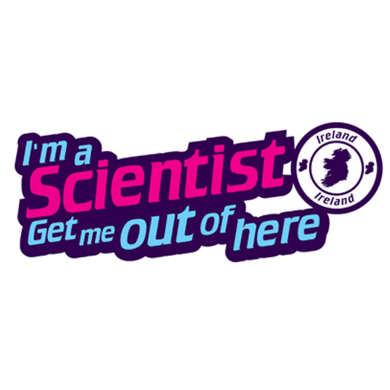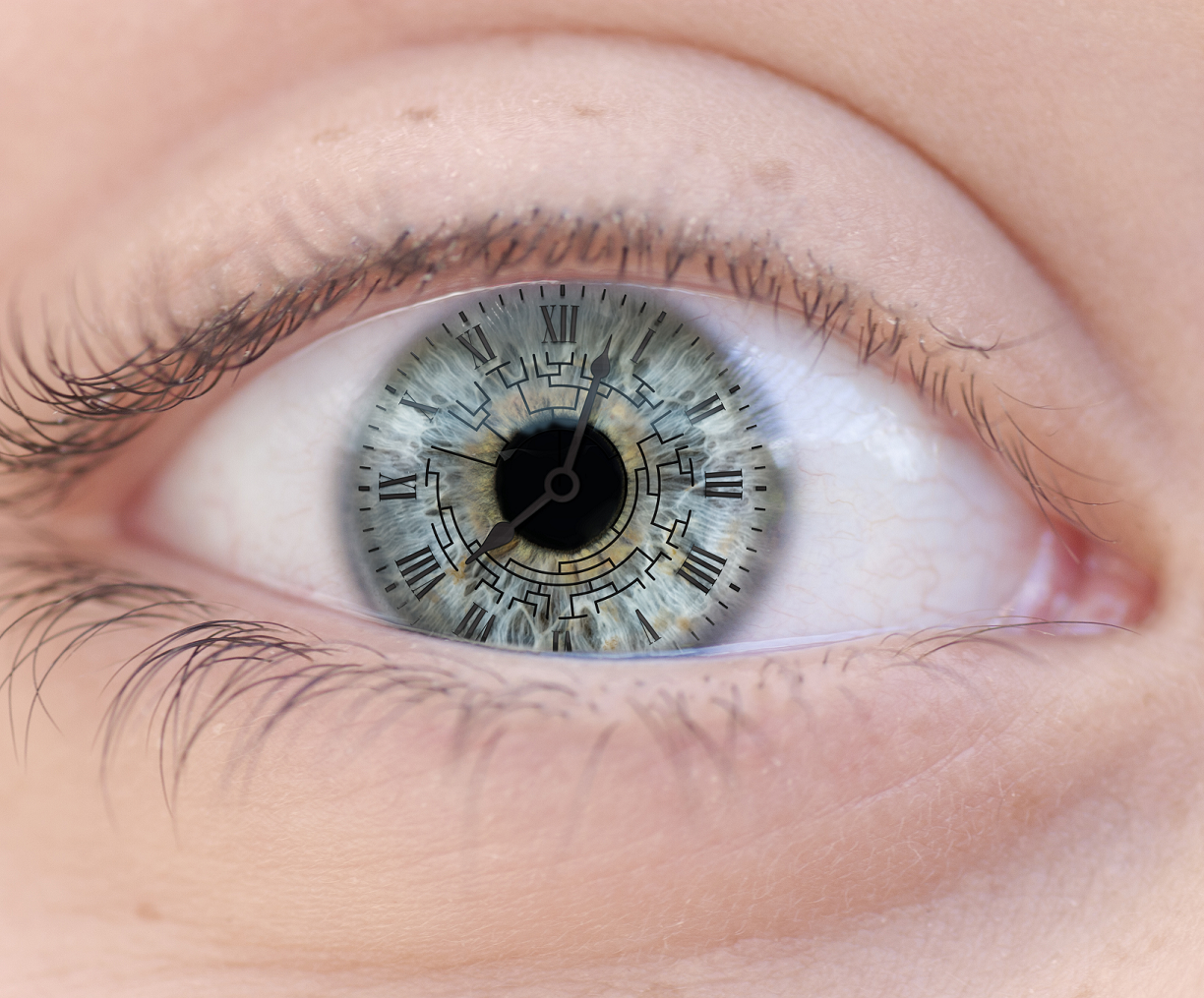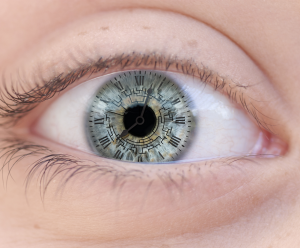What is consciousness? Why do we live? Why did the dinosaurs die out? Are tenrecs cannibals? Can we control our dreams? Do you like cake?!
These are just some of the burning questions which I had the pleasure and challenge of trying to answer while taking part in I’m a scientist, get me out of here! This online competition is science communication and outreach designed for the X-factor generation; school students submitted their science (or otherwise!) –related questions to panels of scientists divided across different zones of research. The students used the resulting answers to cast votes to keep their favourite scientists in the competition. In each round, the person with the fewest votes was eliminated (minus the tense lighting and music which normally accompanies these things) until there was a final winner left standing in each zone of the scientific jungle – and it didn’t even involve eating bugs!
I had some notion of what to expect from following Andrew Jackson’s participation last year but even still nothing prepared me for the all-encompassing addiction I would experience. I thoroughly enjoyed delving into the dusty recesses of my general scientific knowledge, honing my googling skills for some of the tougher questions (thank you Wikipedia!) and, most importantly, developing the fine art of interspersing scientific explanation with liberal sprinklings of smiley faces and emoticons. I was in one of the general science zones (as opposed to the themed space and nanotechnology zones) which left us open to an interesting and challenging array of questions; from what is quantum mechanics (oh how I wish I had more than Junior Cert physics!) to why do we grow more when we sleep ? The scientists taking part were equally diverse in their backgrounds and stages in their research career; my zone included a chemist, mathematician, pharmacologist and neuroscientist so it was very interesting to see how our specialities influenced our answers to some of the more open-ended questions.
One of my favourite parts of the event was taking part in live chats; half-hour sessions with school classes where we were open to anything that the students cared to throw our way. They were great fun and quite intensive; classes of around 30 students all submitting questions at the same time which meant that the chats were a bit like a cross between the ultimate quick-fire quiz round and an exercise in typing speed! I loved the challenge of coming up with on the spot answers to questions ranging from “Are we alone in the universe?” and “How did life begin?” to “What did you like about school?” Varied topics to say the least but my favourite live chat question was definitely “What’s the average trajectory of a swallow” to which I replied “an African swallow or one carrying coconuts?” (You never know when an eclectic knowledge of classic comedy and musicals might come in handy!)
The main aim of the event is to encourage students to take an interest in science, not necessarily with the view towards choosing a science-related career but more to spark their curiosity in the world around them. A big part of this is trying to show scientists as “normal people” – a debatable description at the best of times but hopefully at least it’s a step away from the lab-bound, crazy-haired, mad-scientist stereotype. The dawning realisation that scientists are real people too did produce some funny outcomes – imagine having a sibling who’s older than a scientist!
I hope that the students enjoyed taking part in the event but I know that it was definitely a hugely rewarding experience for me. Aside from writing some articles it was my first foray into the world of science communication and outreach and I’ve definitely been bitten by the bug. There were some really great, difficult questions which were tough but fun to try and answer. I also enjoyed the challenge of losing the jargon while still getting across the important scientific concepts and ideas. I was delighted to win my zone; I hope that my answers had something to do with it although I have a feeling that the combination of an exotic study species, a background in zoology and a cute puppy in my profile picture may have been advantageous in appealing to the teenage demographic…
The competition was a clean sweep for TCD scientists; Shane McGuinness won the Helium Zone, Sinead Cullen came top in the Nanotechnology Zone and Joseph Roche took the prize in the Space Zone. It’s certainly a good sign for the healthy interest of Trinity staff and students in communicating their research and science in general to a wide audience. This is the second season of the event in Ireland; a spinoff from the highly successful UK event and the newly added version for engineers. It’s a great event for scientists and students alike and I would highly recommend getting involved. When else do you get the excuse to contemplate anything from cosmic computer programming creators to some of the really important parts of life?
Author: Sive Finlay, sfinlay[at]tcd.ie, @SiveFinlay




